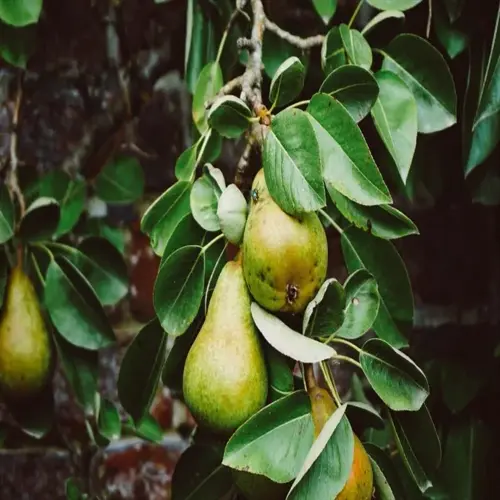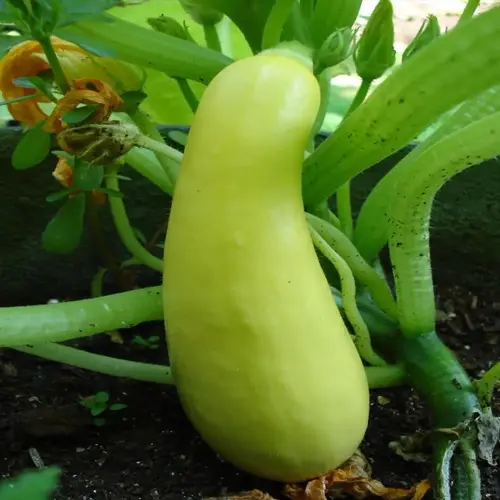Why is fall planting essential for spring blooms?

Written by
Kiana Okafor
Reviewed by
Prof. Charles Hartman, Ph.D.The fall planting of bulbs and corms coincides with the natural biological rhythms of these plants. When planted in cool autumn soil, roots begin to grow without triggering top growth that happens later in the spring. This process gives the bulbs and corms a strong foundation for spring growth before winter freezes the ground. Spring blooms are totally dependent on this important phase of preparation in the fall.
Cool soil temperatures range from 40-55°F stimulate root initiation. This is the underground development that is storing energy for spring. Warm soil temperatures (above 60°F) cause water to sprout too quickly, using the energy sources. I have seen bulbs use up their resources when planted too early during warm spells.
Biochemical Changes
- Cold breaks down growth inhibitors inside bulbs
- Enzymes convert starches to soluble sugars for energy
- Floral meristems differentiate during chilling period
- Hormonal balance shifts toward flowering phase
- Cell structures prepare for rapid spring expansion
Root Development
- Roots absorb moisture and nutrients before freeze
- Extensive systems anchor bulbs against frost heave
- Mycorrhizal fungi partnerships establish in cool soil
- Energy reserves build for spring growth spurt
- Healthy roots prevent desiccation during winter
Vernalization is performed for a period of 10 to 15 weeks at a temperature below 45°F. While in the cold period, the flowering genes become activated. If bulbs do not receive adequate chilling, they may produce poor blooms, or worse, may not bloom at all. Vegetable gardeners living in warmer zones may need to simulate cold temperatures by refrigerating bulbs when necessary.
Spring reveals the consequences of mis-timing. If bulbs were planted early, they might emerge before winter. If bulbs were planted late, the roots they establish don't sustain a quality bloom. If the bulbs were planted at the right time, typically, you should follow a schedule based on the zone you live in to be successful each year.
Read the full article: When to Plant Bulbs for Spring Blooms

